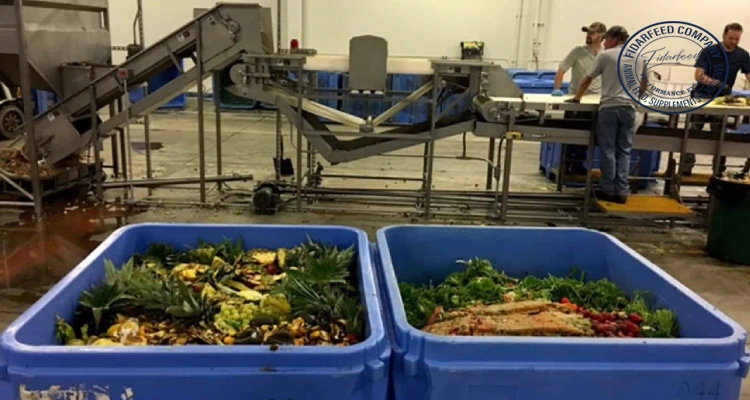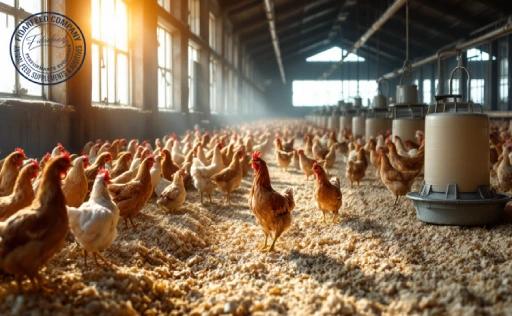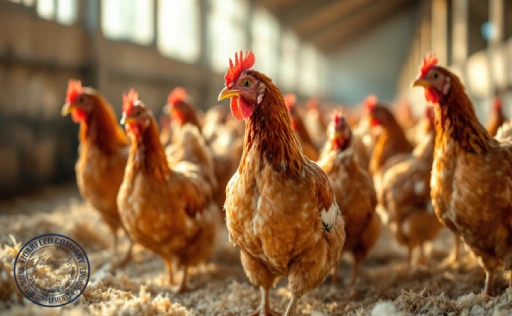Introduction: Why Upcycled Food Waste Is Changing the Animal Feed Game
Lowering Costs Through Upcycled Food Waste is not just a clever idea—it’s quickly becoming a cornerstone of modern animal feed strategies. For breeders and feed manufacturers facing rising prices, supply chain uncertainty, and sustainability pressures, the ability to turn discarded food into high-quality feed is a breakthrough. This practice not only reduces feed expenses but also supports a more circular economy. Curious how it works and what it could mean for your operation? Let’s dive into the possibilities.
Lowering Costs Through Upcycled Food Waste: A Smart Move for Breeders
Feed costs can account for up to 70% of total livestock production expenses. With upcycled food waste, breeders can access cost-effective nutrition that doesn’t compromise animal health or growth.
Learn more about: Alternative Protein & Energy Sources
By repurposing materials like surplus bakery items, vegetable pulp, or spent grains, producers can slash their feed bills. Studies from the FAO and various agricultural universities have shown that properly processed food waste can provide nutritional values comparable to traditional feed ingredients like corn and soy.

What Counts as Upcycled Food Waste in Animal Feed?
Not all food waste is created equal. When we talk about “upcycled food waste,” we’re referring to safe, edible by-products that are redirected from the human food chain. Examples include:
- Fruit and vegetable trimmings
- Brewery spent grain and yeast
- Bread and pasta overruns
- Dairy processing waste (like whey)
Learn more about: Your Essential Checklist When Selecting Bulk Animal Feed Suppliers
These materials are often dried, pelletized, or fermented to make them safe and digestible for animals. Importantly, upcycling doesn’t mean tossing spoiled leftovers into feed bins—there are strict standards and processing methods to ensure quality.
From Trash to Treasure: Economic and Nutritional Value of Upcycled Feed
What makes upcycled feed such a compelling option is its dual benefit: it’s both budget-friendly and nutritionally dense. For instance, brewer’s spent grains have been shown to contain 20% protein and high fiber content—ideal for ruminants like cattle. Vegetable waste, when properly treated, can deliver essential vitamins, minerals, and hydration. When compared to traditional feed, these alternatives often cost 30-50% less per ton while offering comparable energy and protein levels.
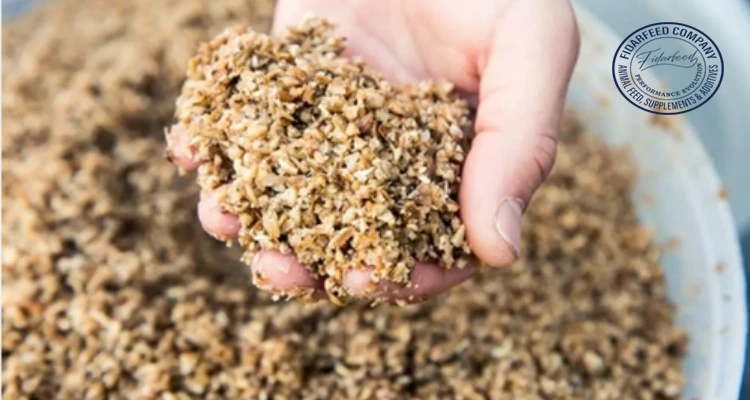
Upcycled vs. Traditional Feed Ingredients: What’s the Difference?
Traditional feeds like corn, soybean meal, and wheat bran are widely used due to their consistency and established supply chains. However, upcycled ingredients present several advantages:
- Digestibility: Proper processing improves digestibility, especially for ruminants.
- Palatability: Many animals enjoy the taste of bakery or fruit-based feed.
- Safety: Thanks to thermal treatment and fermentation, pathogens are eliminated.
Learn more about: biotechnology in animal feeds and animal feeding
The key is balance. Upcycled feed is often used as a partial replacement, mixed with traditional feed to maintain consistency while reducing costs.
Real-World Benefits: How Farmers Are Lowering Costs Through Upcycled Food Waste
Consider a poultry farmer in the Netherlands who integrated 20% bakery waste into his broiler feed. Not only did he reduce feed costs by 25%, but the birds also showed no difference in weight gain or health markers.
Learn more about: Meat Meal in Animal Feed: What It Is, How It’s Made, and Why It Matters
In the U.S., a dairy farm replaced part of its silage with vegetable pulp from a nearby processing plant, leading to both savings and improved milk yield thanks to added moisture and nutrients. These real-life examples prove that upcycled feed isn’t a theory—it’s a working solution.
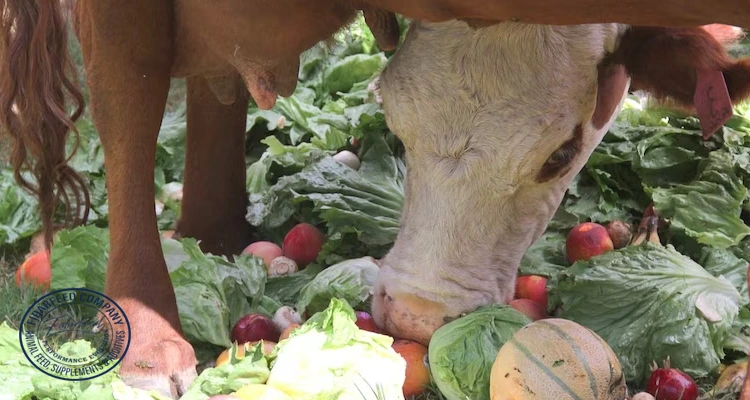
Safety First: Quality Control and Nutritional Standards in Upcycled Feed
Safety is a top concern. Reputable suppliers of upcycled animal feed follow strict guidelines set by authorities like the FDA, EFSA, or local agricultural departments. Common safety practices include:
- Heat treatment to kill pathogens
- Moisture control to prevent mold
- Nutrient testing for protein, fat, and mineral levels
- Traceability and documentation
Learn more about: Top Bentonite Manufacturers for Animal Feed: What to Look For
Farmers should always source feed from certified processors to ensure compliance and animal well-being.
Sustainability Wins: Environmental Benefits of Using Food Waste in Animal Feed
Every year, nearly 1.3 billion tons of food go to waste globally. Redirecting even a fraction of that into animal feed could save water, land, and emissions. According to WRAP UK, using food waste in feed can reduce greenhouse gas emissions by 75% compared to landfilling.
Learn more about: Smart Shopping: The Probiotic Online Buyer’s Guide for Animal Feed Supplements
It also lessens reliance on resource-intensive crops like corn and soy, easing pressure on global agriculture.
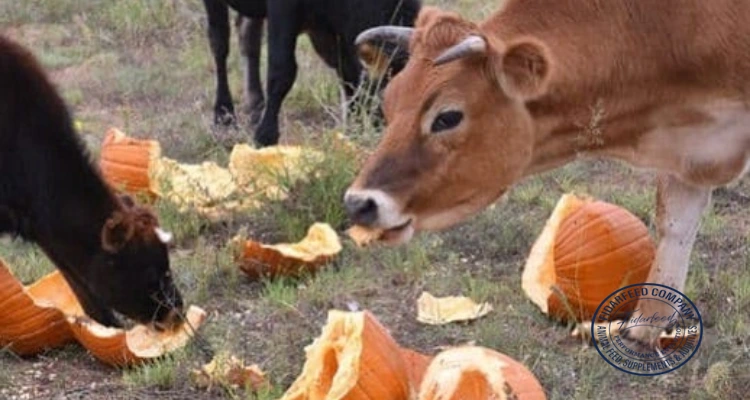
How to Start Using Upcycled Food Waste in Your Animal Feed Plan
Ready to give it a try? Here’s how:
- Identify Local Sources: Connect with food processors, breweries, or bakeries willing to provide clean surplus.
- Partner with Processors: Work with certified companies that can dry, ferment, or pelletize the materials.
- Trial and Monitor: Start with a small portion (5-10%) of the feed mix and monitor animal performance.
- Stay Informed: Keep up with local regulations and research to ensure safe practices.
Learn more about: How to Spot Reliable Animal Feed Manufacturers
Common Misconceptions About Upcycled Food Waste in Feed—Debunked
Let’s clear up some myths:
- “It’s unsafe”: When processed properly, it meets all health standards.
- “It lowers productivity”: Numerous trials show comparable or better performance.
- “It’s only for poor farms”: Even large-scale operations use upcycled feed to boost margins.
Learn more about: Finding a Trusted Animal Feed Supplier: Your Ultimate Guide
Upcycled feed is not a shortcut. It’s a smart, data-backed choice.

Conclusion: A Smarter Future with Upcycled Food Waste in Animal Feed
Lowering costs through upcycled food waste is more than a trend—it’s a practical, science-supported strategy for the future of animal feed. It offers clear economic, nutritional, and environmental advantages. Whether you’re running a backyard farm or a commercial operation, upcycled feed can help you stay profitable and sustainable.
Have you tried incorporating upcycled ingredients into your feed routine? Share your experience in the comments or reach out with questions. Let’s build a smarter, more sustainable feed system together.

